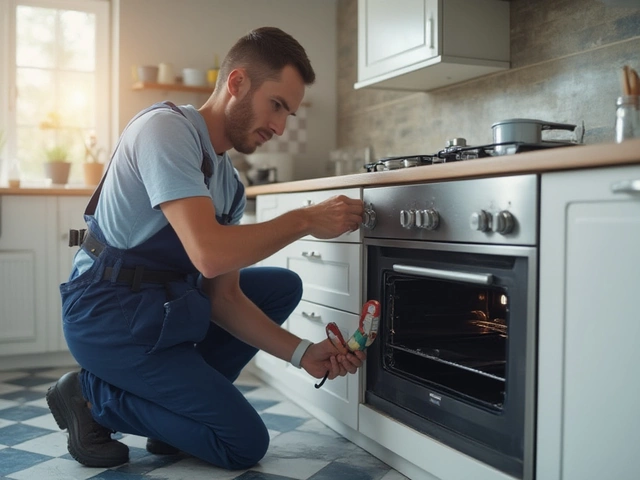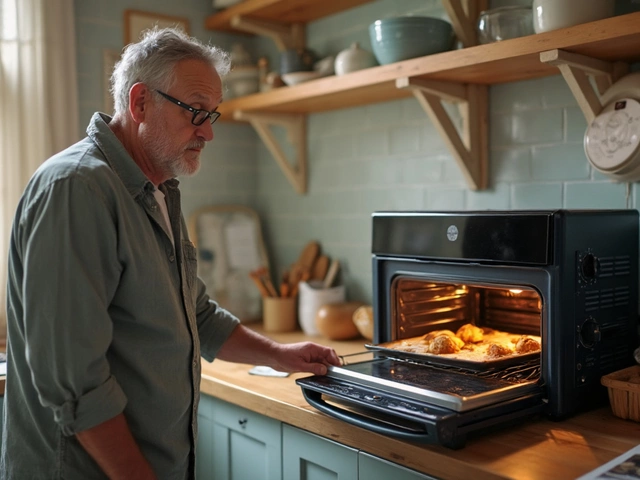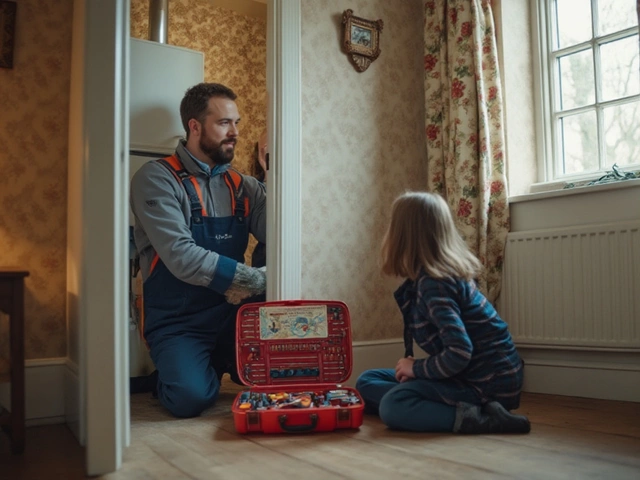Diagnose Issues: Easy Ways to Spot Appliance Problems
When a gadget stops working, the first step is figuring out why. You don’t need a degree in engineering – just a few simple observations and a basic checklist can save you time, money, and a lot of frustration.
Common Signs Your Appliance Needs Attention
Every appliance has a few tell‑tale clues. An oven that won’t heat usually means a broken heating element or thermostat. A boiler that rattles or loses pressure often points to a pump issue or a leaky valve. If your fridge is warm, check the door seal and the condenser coils – dust can block airflow and make the unit work harder.
Heat pumps that blow cold air instead of warm often have a refrigerant problem or a faulty reversing valve. For washing machines, a drum that won’t spin typically signals a broken drive belt or a worn motor coupler. And a dishwasher with water pooling at the bottom? Look for a clogged drain hose or a stuck filter.
Step‑by‑Step Troubleshooting Checklist
1. Listen and Look: Does the appliance make odd noises? Is there any visible damage? These first clues narrow down the likely culprit.
2. Power Check: Ensure the plug is secure and the circuit breaker isn’t tripped. A simple reset can fix many electric issues.
3. Clean It: Dust on fridge coils, lint in dryer vents, or debris in extractor fan blades can cause overheating or poor performance. A quick clean often restores function.
4. Reset or Re‑program: Many modern appliances have a reset button or a short‑off‑on cycle that clears error codes. Check the user manual for the correct steps.
5. Test the Basics: For ovens, try the bake and broil settings separately. For boilers, feel the radiators – cold spots indicate circulation issues. For water heaters, run hot water at different taps to see if the problem is isolated.
If these steps don’t solve the problem, note any error codes or unusual behavior and call a professional. Having clear information speeds up the repair and often cuts the cost.
Remember, safety comes first. Never work on anything that involves gas, high voltage, or sealed refrigerant systems unless you’re qualified. When in doubt, it’s smarter to let a qualified technician handle the risky parts.
By using these quick checks, you can often tell whether an appliance is a simple DIY fix or needs a pro. It saves you the phone call, the waiting time, and the extra expense of unnecessary parts.
Next time something stops working, run through this checklist before you panic. You’ll feel more in control, and you might just get your appliance humming again without a big bill.






